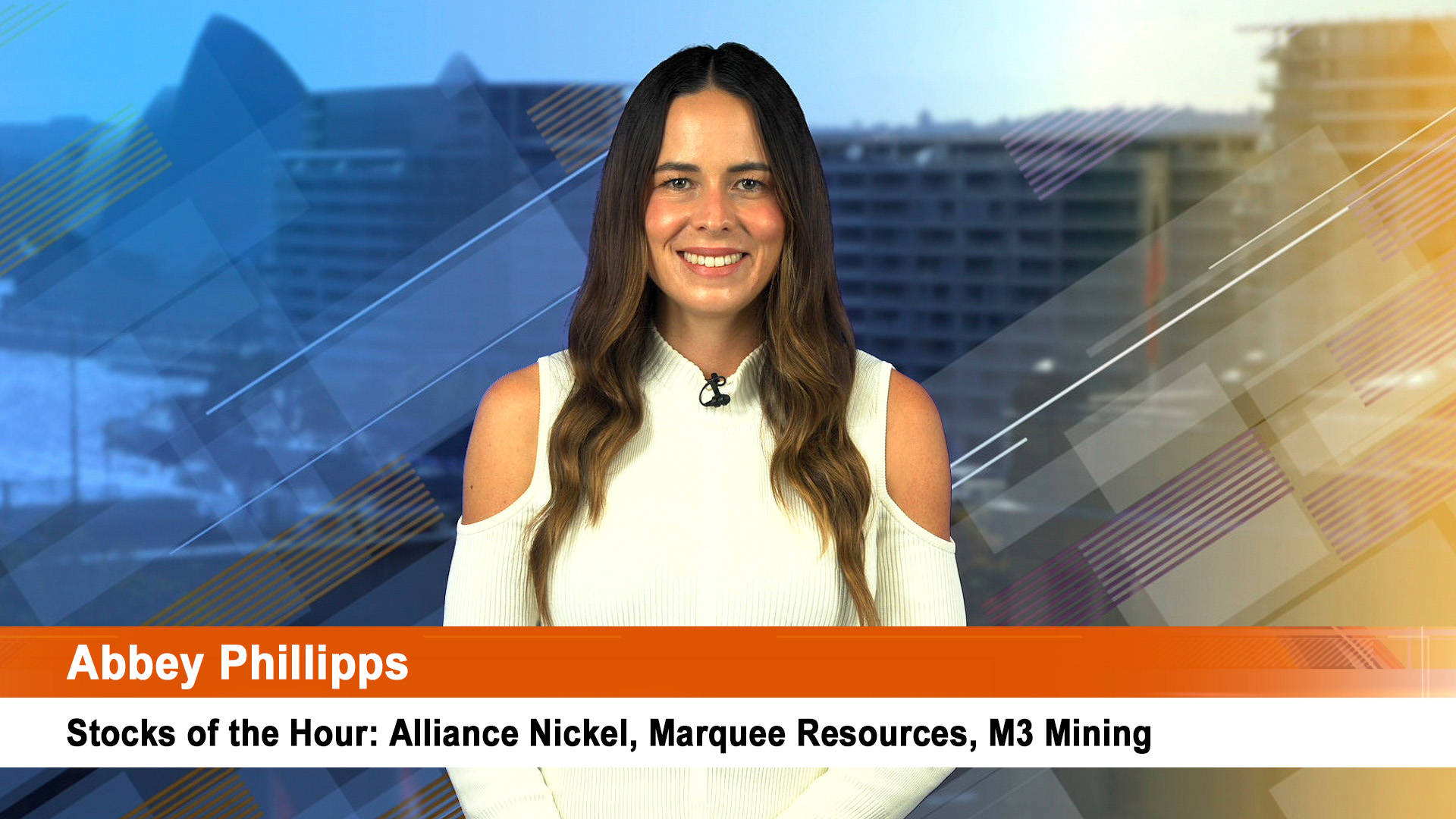Are world oil prices about to repeat last year’s surge to record levels?
It was a year ago that world prices topped the $US60 a mark and then marked time for a while before being driven to record levels of more than $US78 a barrel by the Israel-Hezbollah war in Lebanon in early August.
On Friday West Texas Intermediate crude in New York finished higher at just over $US62 a barrel and apart from some murmurings around Iran and the usual instability in Iraq, the usual flash points (and North Korea has gone silent as well) seem to be cool.
But there are a couple of very important factors in the supply-demand balance which suggest the oil market isn’t travelling well.
Friday saw more concern that US petrol supplies might be curtailed by a continuing spate of repairs at US refineries and reduced oil output in Nigeria and The Congo, while the International Energy Agency warned that world oil and petrol stocks were lower than comfortable.
There are low petrol supplies in other regions, such as Europe.
The IEA said in its latest monthly report that Opec needed to boost output in order to lower prices and replenish stockpiles to allow product shortages to be made up (i.e. petrol).
The IEA cut its estimate for non-Opec oil supply growth this year by 100,000 barrels a day to one million b/d.
The IEA originally estimated non-Opec supply to be 1.7 million b/d this year, but that forecast was made last July and since then other energy analysts have slashed non-Opec supply growth to less than the one million barrels a day.
The IEA said OECD crude oil stocks had fallen by 930,000 barrels a day in the first quarter, similar to fall in the fourth quarter last year.
Brent oil for June delivery rose $US1.04 to close at $US66.83 a barrel on Friday while June West Texas Intermediate finished 56 USc higher at $US 62.37 a barrel in New York.
The New York price was up seven per cent on the week.
Petrol supplies in the US have dropped to a 16-year-low for this time of the year, pushing retail petrol prices above $US3 a gallon and to near-record levels according to figures from the American Automobile Association.
A combination of falling stocks and breakdowns at major refineries in Texas and Delaware, continue to curb petrol output at a time when US stocks should be rising ahead of the yearly driving season which starts after Memorial Day later this month.
The IEA put world oil demand at 85.72 million barrels a day this year, up 1.8 per cent from 2006.
But it pointed out the weak level of US petrol stocks: “U.S. gasoline stock cover is at a 16-year low for this time of year — pushing pump prices to near record levels”.’
The IEA said “Nigerian crude capacity shut-ins rose to 815 kb/d in early May, adding to pressures caused by a gasoline market already tightened by an unusually high level of unplanned refinery outages.
“Unsurprisingly, gasoline remains the primary driver behind oil prices, with cracks and US retail prices reaching levels not seen since the post Hurricane Katrina spike in September 2005.
“Seasonal refinery maintenance and a spate of unplanned outages are expected to depress global throughputs.
“This implies, with demand increasing in June, that there will be a further tightening of product stocks. Refinery runs, and therefore crude demand, should rise sharply in July (2.5 mb/d over March) as refiners seek to meet peak summer demand.
“Preliminary OECD stock data continue to point to a 930 kb/d draw in first-quarter total oil stocks, following on from a draw of similar magnitude in the previous quarter.
“Forward demand cover provided by total oil inventories remains around the five-year average, but gasoline stocks are low in all regions.”
And that’s the big worry: there’s not much in the way of a buffer either in stocks or between rated refining capacity and actual production in the US.
That has meant outages for repairs or mechanical failure are producing an immediate draw down in petrol stocks instead of a build up.
With OPEC stocks low and a slow down in non-OPEC production, it wouldn’t take much to see world prices lurch upwards, driven by rising demand for petrol, especially in the US.
If the IEA is right then July looms as the crucial month when the shortages will bite hardest.













